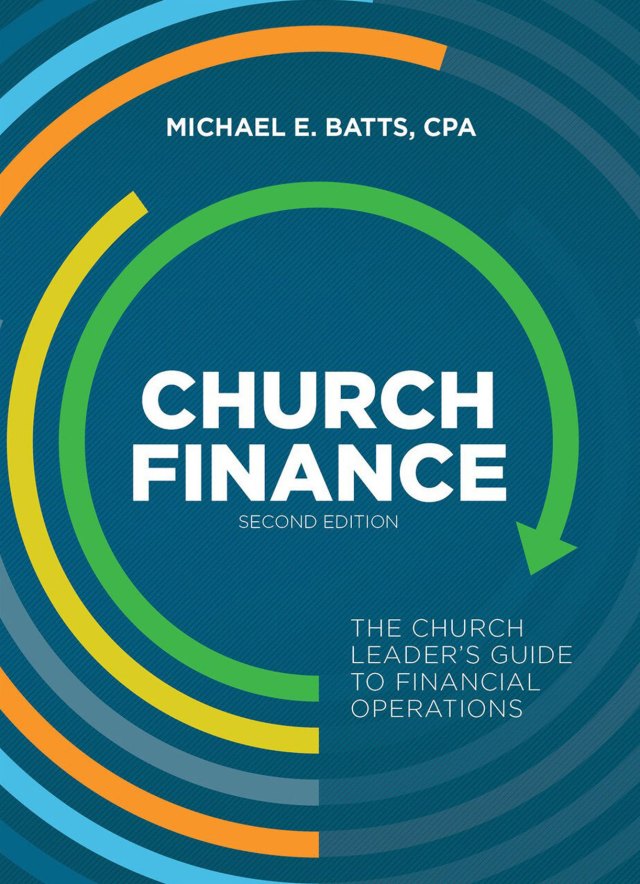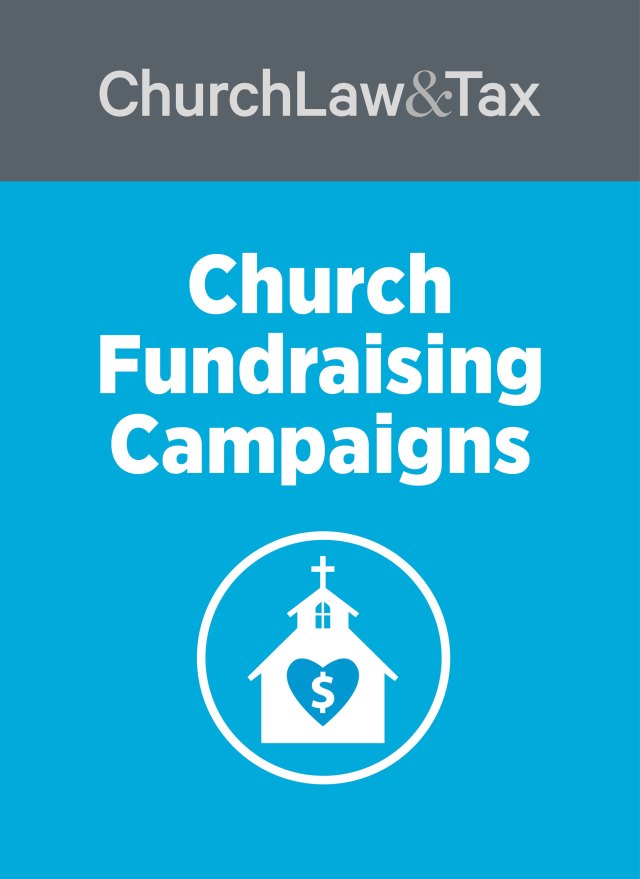The News
In early 2019, Bankrate.com indicated borrowing costs continue to rise. And while a new report on May 31 suggested increasing inflation may slow increases to interest rates affecting loans, the overall view is that borrowing for the foreseeable future will cost more now compared to the past few years.
A guest article published earlier this spring on CapinCrouse’s website provides interesting insights for churches currently contemplating plans to construct or expand a building, in light of this borrowing climate. In “How Churches Can Win in a Rising Interest Rate Environment,” Nathan Artt, a principal with Ministry Solutions, cautions church leaders to carefully evaluate commonly held assumptions related to debt. Of note:
- Debt, handled well, can benefit a church. Rushing to pay off debt for the sake of eliminating debt may be short-sighted if your church needs financing again in the future because lending terms secured now may be better than ones your church attempts to secure later. “[W]hen people say ‘debt is bad, pay it off,’ what they are really saying is, ‘let’s pay off our cheap money so we can borrow more expensive money later,’” Artt suggests.
- Delaying a project now over worries about potential interest rate increases actually may cost you later. “[W]e are looking at projected 7% – 10% increases in materials and labor, mostly due to the labor shortage, over the next five years,” Artt notes. “That means a $5 million project will cost you more than $7 million if you start five years from now. That is far more expensive than the difference of a point or two in rising interest rates.”
- A build isn’t always necessary—and bigger is not always better. Large projects are becoming less common, Artt says. More churches are considering smaller builds, which reduces their overall financial needs. Other churches are weighing leasing options for modest-sized spaces that give them time and flexibility to later determine their true long-term needs. Plus, Artt says, “there is a small lull in the Class A office, industrial, and retail real estate business right now, which means that there is a larger inventory and lower lease rates.”
The Church Law & Tax Take
Churches differ in their approaches to debt. Some avoid it altogether, based on theological positions. Others use it conservatively to help them with capital projects. If your church believes debt may play a role with a future project, the following articles and resources may further help with deciding how to approach it:
- Church Finance: The Church Leader’s Guide to Financial Operations , by CPA Michael E. Batts. Chapter 6 specifically addresses the philosophy of debt, use and management of debt, and mortgage debt options and terms.
- “Six Debt Ratios and Measurements Your Church Should Monitor”
- “Laying Your Church’s Debt Burden Down”



